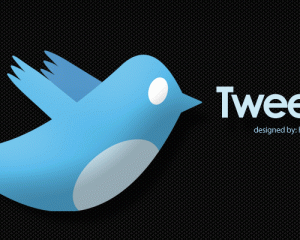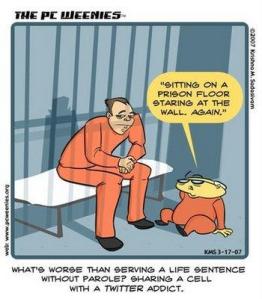A Social Media News Release is an advanced press release that is characterized by using different types of media. The news release can contain videos clips, blogs, links, and resources. The media spices up the release and has more potential to capture the reader’s eye and keep their attention and focus. SMNRs are vital to companies due to rapid technological advancements through the Web 2.0. Companies don’t have a choice but to adapt and take part in the social media trends.
SMNRs make it easier for journalists and other people who are interested in your company to find information in one place on the Internet. Social media users share free information, advice, and tips through different ways such as blogging, videos, and on social media sites. As a result, information about a company can reach more people than traditional news releases because of social media and Web 2.0. ”Social media press releases provide links to more resources that are helpful for story research and they also package information into formats that are easy to use for quotes and citing references/statistics. Images, audio and video also add impact to the release,” said Lee Odden . However, Social media news releases are only successful if they have creative and simple key terms and tags.
Social media is more than engaging and participating; it’s about understanding what social media tools to use along with knowing what social media sites best fit a company. For example, it is easy to upload an image to a site and into a social media news release. With each image however should be a description, key terms, and tags that are used in the description of the image as discussed on Lauren Hopkins’s blog. This one example of how SMNRs are optimized for the web 2.0 and for search engines. Having a social media news release means that companies need to understand what social media tools to use within a SMNR and how these tools benefit the company. Companies, organizations and agencies have to decide what their image or purpose throughout social media is. From there, they can create a social media news release using various tools throughout social media.
Some advantages of an SMNR are:
1. It can reach journalists, bloggers, and the public at large.
2. It appeals to everyone, not only businesses and journalists
3. SMNR’s are sent out through a variety of social media links and tools
SMNR’s disadvantages:
1. It would have a harder time reaching tech savvy people. Since it is sent through online media tools, one would have to be very familiar with the web and online media.
SMNR Tips:
- use key terms within the social media news release
- use tags
- create blogs so that you’re able to receive customer feedback
- have creative key terms that are simple
- upload all sites or links you have throughout the Internet
- if images and videos are used, have a description, categories, key terms, and tags under each
- use links, but don’t go too link crazy; it could become confusing to the reader
Additional Tips on creating a SMNR & examples of SMNRs:
Definitive Guide to Social Media By Brian Solis
The Basics of a Social Media News Release
Social Media News Releases: Do Them or Not
Free Website for creating SMNR
Pitchengine: Social Media Press Release Builder
Ford-An example of a social media news release




Comment July 4, 2010
maggie crowell: http://maggiecrowley.wordpress.com/2010/06/02/prca-3330-pr-connections-2/
I love celebrity gossip myself, but cannot stand Perez Hilton. I think he is rude, crude, and way too judgemental. I love when people have their own opinions on things but if a person does not agree with him, he will slaughter them to pieces. I can’t stand it. But I do agree that blogging has taken him a long ways, and has made him very successful. Crazy how a simple blog could get you into hollywood!